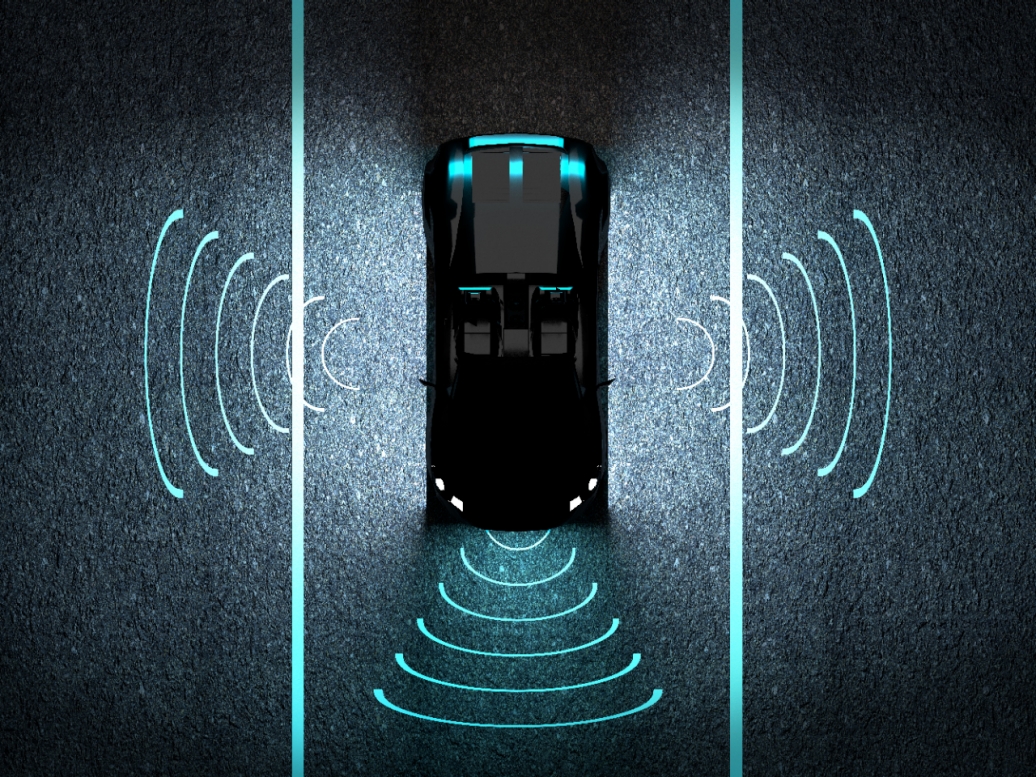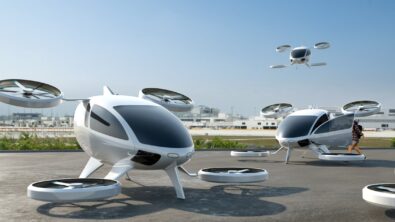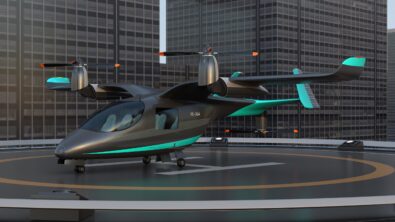Insights on AAM Autonomy from Automotive Part One – Summary

One common throughline in discourse around advanced air mobility (AAM) is the idea vehicle autonomy. Some companies working in AAM plan to make their aircraft capable of uncrewed flight some time after they’re first released, while others plan to make them autonomous from the very start. While the idea of AAM vehicles flying themselves is exciting, there are still risks and concerns surrounding cultural acceptances, technology, and—most importantly—safety.
However, there is one industry that has navigated these challenges surrounding autonomy and come out the other side with success: the automotive industry. To gleam insights from automotive that could translate to AAM’s pursuit of autonomy, Todd Tuthill, Vice President of Aerospace & Defense (A&D) for Siemens Digital Industries Software, is joined by Nand Kochhar, Vice President of Automotive and Transportation for Siemens Digital Industries Software, on the Talking Aerospace Today podcast.
Together, they discuss the importance of autonomy in AAM, define the levels of vehicle autonomy from the automotive industry, and explore the main drivers behind the push for autonomy in the first place.
Why make AAM autonomous?
A reasonable question to ask is why are AAM companies pushing to make their aircraft autonomous in the first place? Why not simply use human pilots?
Consider how much time and resources go into training commercial airline pilots. Each pilot typically spends over $100,000 and is required to undergo more than 1,500 flight hours before getting their license, which can take up to anywhere from two to four years depending on the path they take.
Now consider how AAM would be filling a role not unlike rideshare services like Uber, shuttling people around cities on-demand. If every Uber driver required that level of talent and education, the price of Uber rides would skyrocket, and less people would be able to afford them. Autonomy is necessary not only to reduce the likelihood of a workforce shortage, but also to ensure AAM is a financial success in the long run.
The levels of vehicle autonomy
To establish further context that could help engineers with their pursuits in autonomy, Nand explained the different levels of autonomy used by the automotive industry to measure a vehicle’s autonomous capability. Each level expands on the amount of control a vehicle has over its own functions. Level 0 is no autonomy at all. Level 1 controls the functions around a single motion type, such as breaking for linear motion. The vehicle’s control increases from there.
Beyond level 3 reaches the point where a human driver is required less and less, where a human is needed in the driver’s seat and there needs to be ample warnings for when they need to take over. Level 4 is when the vehicle can be driven without any human intervention, though it will stop in emergency conditions. Meanwhile, level 5 is the North Star of autonomy, when the vehicle can theoretically drive itself in any environment and conditions.
Fortunately, aerospace already has some experience in autonomous flight that aligns along these levels. Todd mentions 90 to 95 percent of commercial flights today are flown by computers. A human pilot typically does not fly an airplane aside from takeoff and landing. He estimate this would fall somewhere between levels 3 and 4 of autonomy that Nand explained. This experience in autonomous flight can help when developing autonomous AAM.
The drivers behind autonomy
In the automation industry, there are a number of drivers that encourage the development of autonomous vehicles. The most important, according to Nand, is obviously safety. Driver assist systems and automated emergency braking features offer an additional line of protection from a crash safety perspective, reducing the likelihood of accidents caused by human error.
Of course, being a form of aerial transportation, there are additional factors of safety to be aware of for autonomous AAM. For one, if something breaks down in an autonomous car, it can usually pull over to the side of the road and wait for help. Meanwhile, an air taxi is, well, in the air. If something breaks down midflight, a lot more could go wrong. Autonomous AAM aircraft must therefore have the right redundancies and be smart enough to deal with emergency situations.
Making autonomous flight work
There are still many hurdles to overcome to make autonomous AAM functional and safe, but it is still a worthy goal. Having AAM aircraft fly themselves would help sustain AAM fleets, ensuring they are a profitable and convenient form of travel for the denizens of the future.
Stay tuned for future Talking Aerospace Today episodes delving even further into autonomous AAM.
Siemens Digital Industries Software helps organizations of all sizes digitally transform using software, hardware and services from the Siemens Xcelerator business platform. Siemens’ software and the comprehensive digital twin enable companies to optimize their design, engineering and manufacturing processes to turn today’s ideas into the sustainable products of the future. From chips to entire systems, from product to process, across all industries. Siemens Digital Industries Software – Accelerating transformation.


